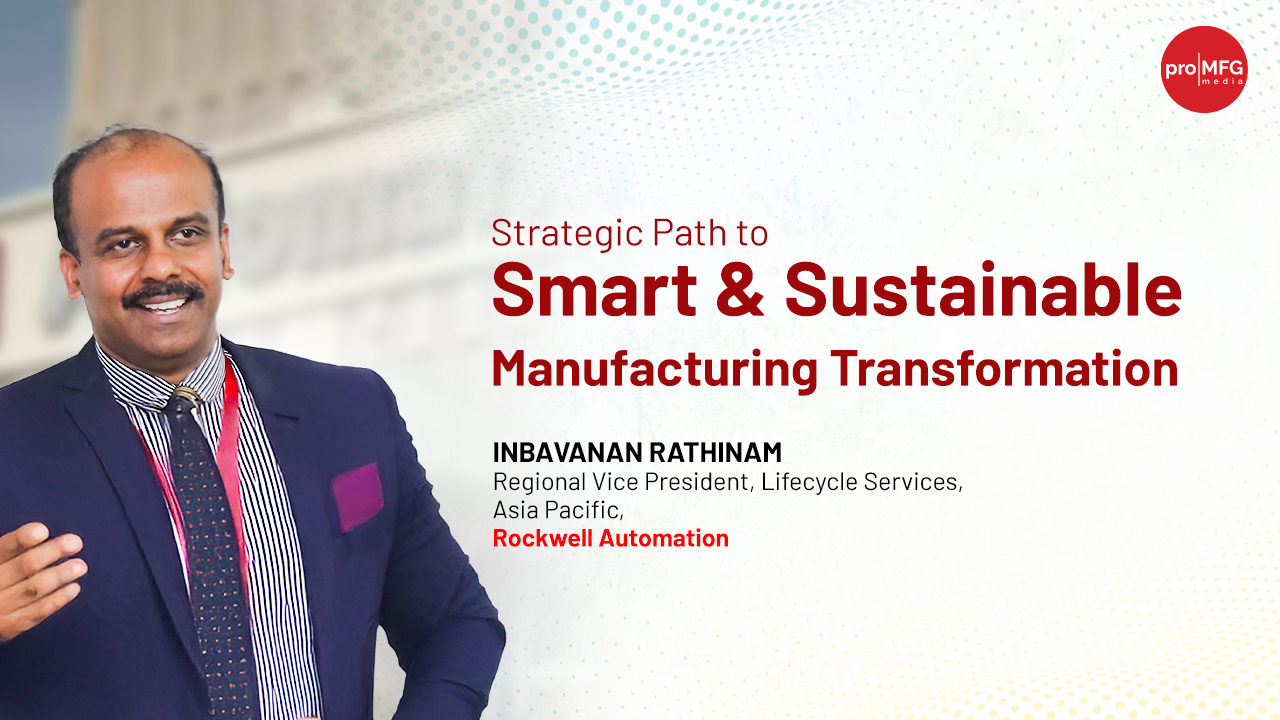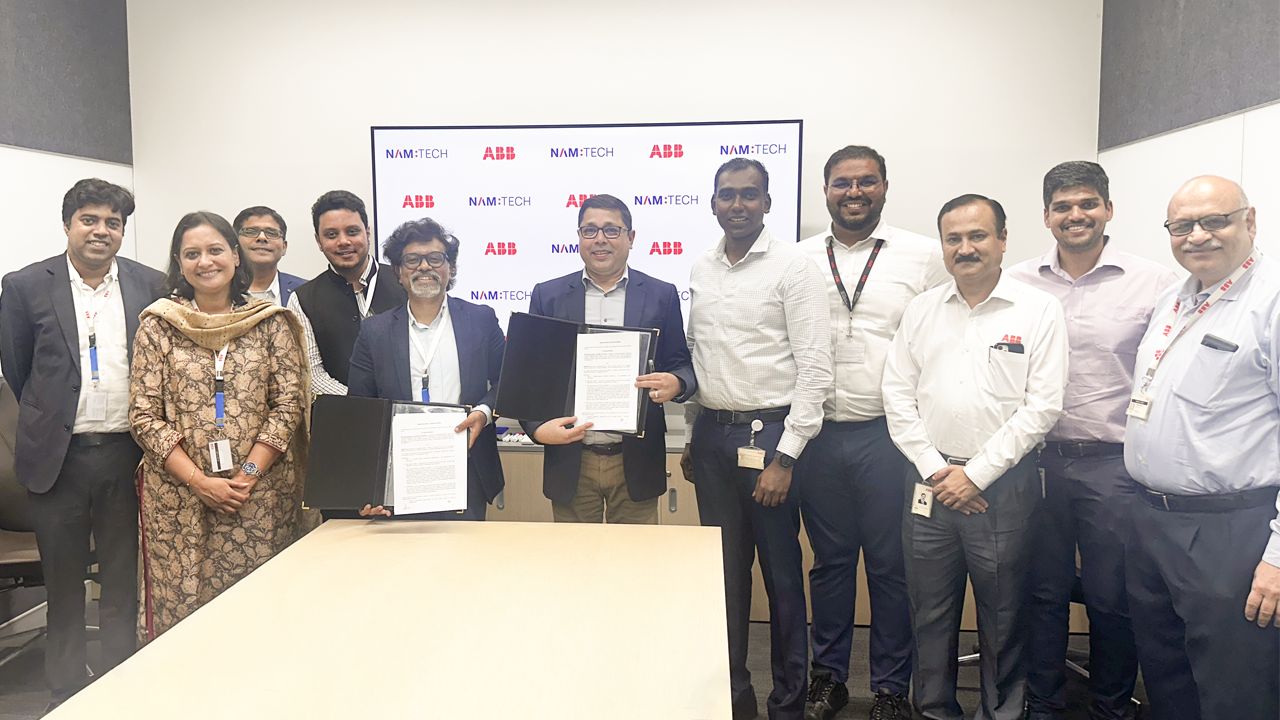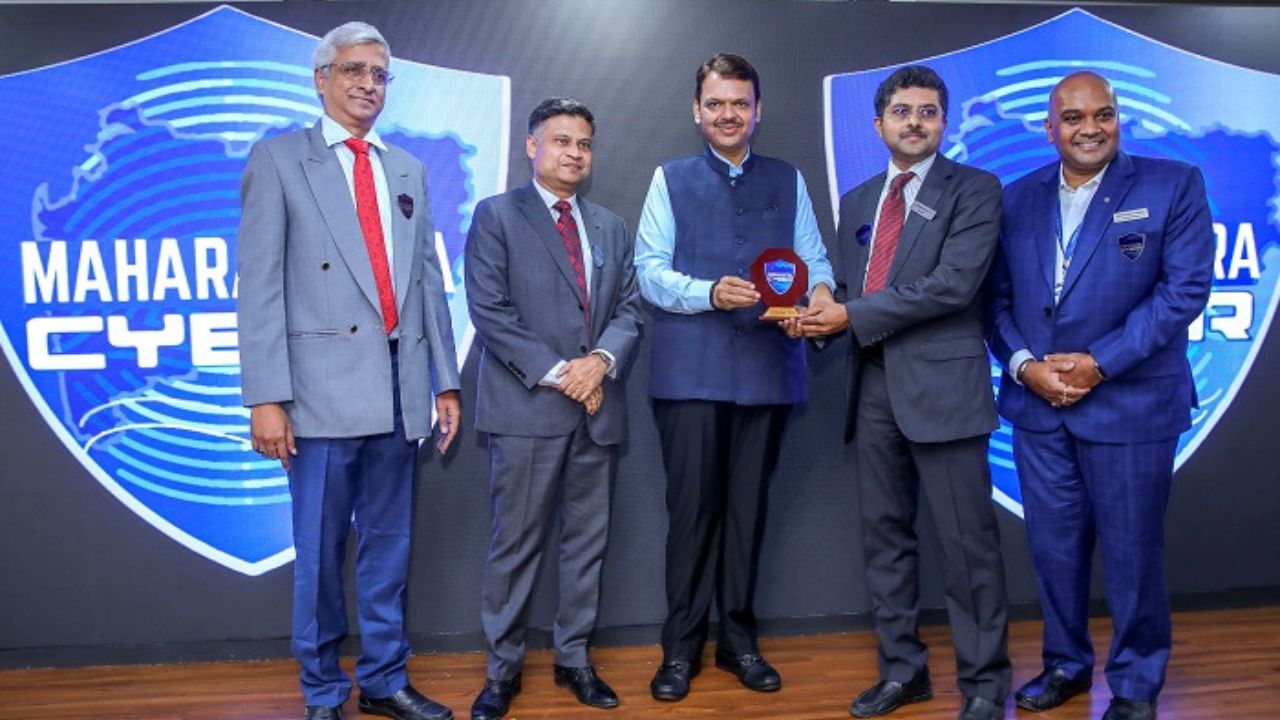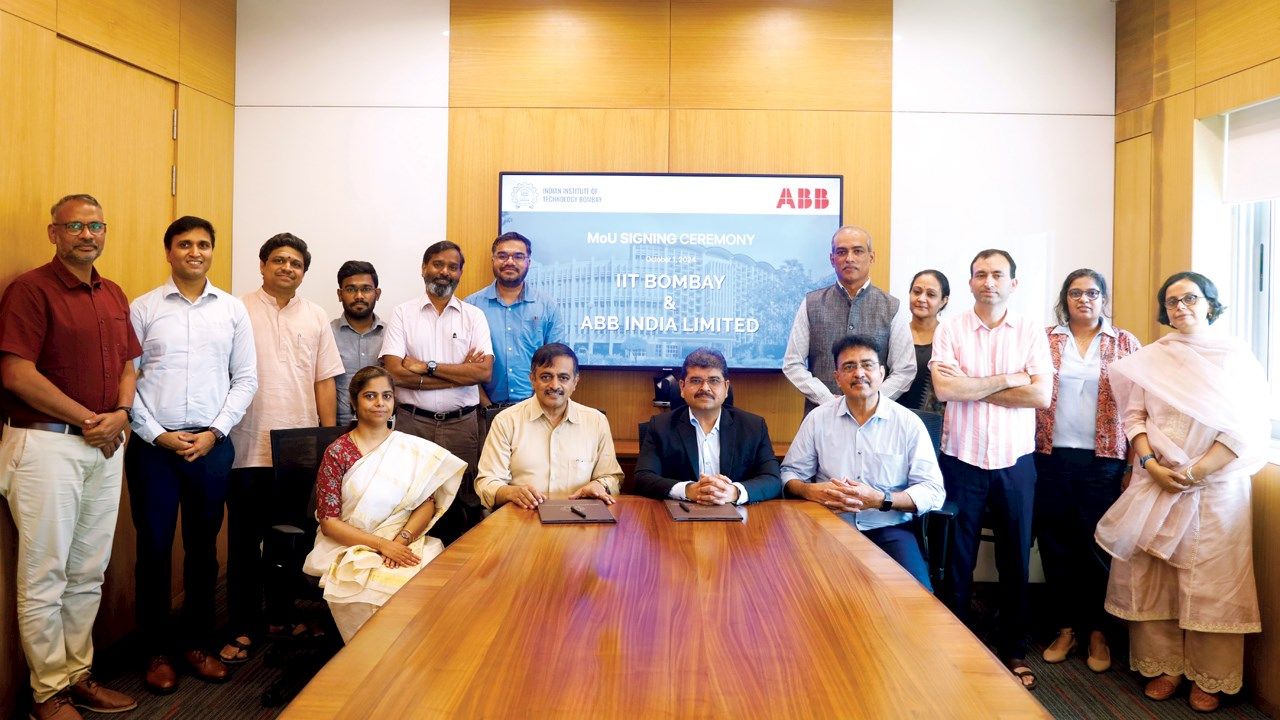IBM Acquires Prescinto to Enhance AI-Powered Energy Asset Performance Management
#IBMAcquiresPrescinto #IBM #Acquisition #Prescinto #Energy #AssetPerformanceManagementThe acquisition will further enable IBM to support clients’ sustainability initiatives and net-zero goals, allowing users to track and monitor the performance of solar, wind and energy storage assets in near real-time; identify root causes for underperformance; and recommend actions to optimize generation.

October 2024 : IBM has acquired Prescinto, a leading provider of asset performance management (APM) software-as-a-service (SaaS) for renewables. Prescinto’s capabilities leverage AI to enable advanced monitoring, analytics, and automation to streamline renewable energy operations and manage clean energy and storage assets.
Organizations are increasingly turning to alternative energy sources like wind, solar, and energy storage to help reduce emissions and lower energy costs. Yet, it can be daunting to effectively manage and maximize the performance of high-tech devices like turbines, solar panels and inverters, which generate power from renewable energy assets. In addition, environmental factors like weather and debris can contribute to reducing energy output, system effectiveness, and system uptime. According to Allied Market Research, the value of the global utilities asset management market is expected to grow from US $4.3 billion in 2022 to US $12.4 billion in 2031, with a CAGR of 11.3 percent.
The acquisition of Prescinto will enhance the capabilities of IBM Maximo Application Suite (MAS), IBM’s solution for asset lifecycle management. Moreover, it will further IBM’s leadership in the energy and utility space, an industry undergoing significant transformation and seeking solutions to manage and optimize wind, solar, and other renewable energy storage assets. Water, natural gas, oil, nuclear, and other energy and utility enterprises globally already utilize IBM MAS.
The acquisition will further enable IBM to support clients’ sustainability initiatives and net-zero goals, allowing users to track and monitor the performance of solar, wind and energy storage assets in near real-time; identify root causes for underperformance; and recommend actions to optimize generation. For example, a solar power plant can become less efficient over time due to accumulated dirt and debris on its panels. Renewable APM software can use visual recognition capabilities to help monitor these assets, identify issues before they become critical, and prompt the necessary actions to restore optimal efficiency. This would allow for real-time tracking of panel performance, streamline required cleaning, and enable organizations’ prompt response before energy output decreases.
NEWSLETTER
TRENDING ON PRO MFG
MORE FROM THE SECTION








